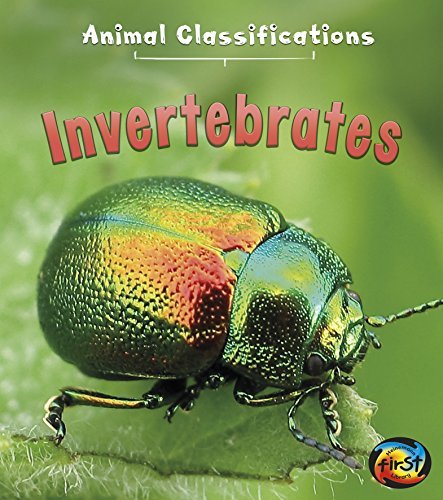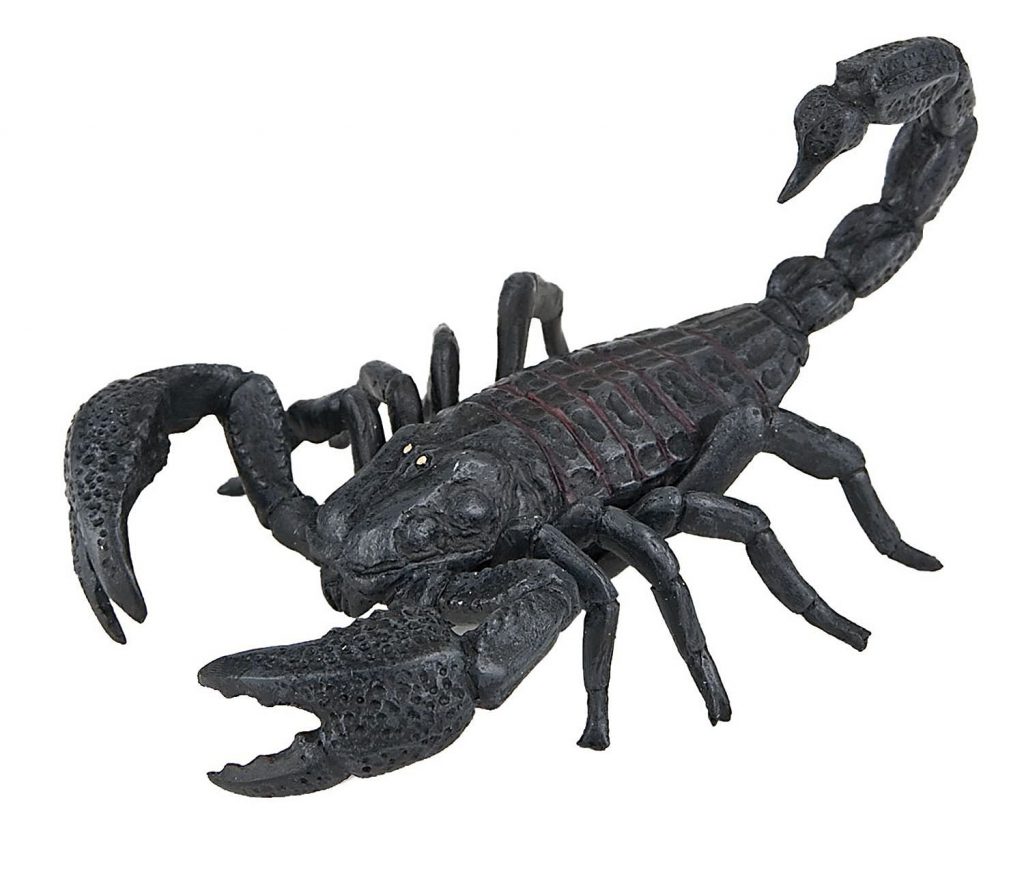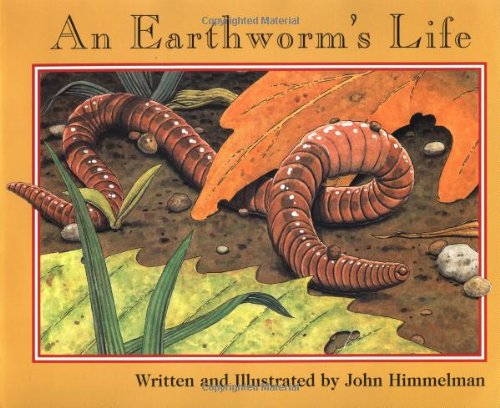
Invertebrates (Animal Classification) by Angela Royston (2015-01-06)
Invertebrates includes every animal that doesn’t belong to vertebrates group.
They don’t have a vertebral column or spinal cord or backbone.
This simple definition hides the tremendous diversity found within this group which includes protozoa (single-celled animals), corals, sponges, sea urchins, starfish, sand dollars, worms, snails, clams, spiders, crabs, and insects.
In fact, more than 98 percent of the nearly two million described species are invertebrates.
They range in size from less than one millimeter to several meters long.
Invertebrates display a fascinating diversity of body forms, means of locomotion, and feeding habits.
Usually these are little and slowly moving animals.
Presence of no lungs to respire since they do it through the skin.
Invertebrates are heterotrophic since they can’t produce their own food.
Reproduction is through fission of gametes.
Some posses a hard exoskeleton.
They are Multicellular organisms that live on many environments.
There are 4 main types of invertebrates as mentioned below by Phylum.
Phylum Arthropods
Phylum Mollusca
Phylum Annelida
Phylum Coelenterata
Each group have their own characteristics and unique adaptations.
1.Phylum Arthropods

Arthropods are animals who do have a segmented body. They have a bilaterally symmetrical body with a very strong exoskeleton. Arthropods have the ability of adapting to various environments very quickly.
A pair of appendages can be seen in each segment of the body. There are jaws that appear in some of the appendages.
Examples for Arthropods,
– Scorpion
– Honey bee
– Spiders
– Bugs
– Mosquitoes
2.Phylum Mollusca

Unlike arthropods these animals don’t have segmented body. Mollusca skin has a mantle which secrets a shell. Their skin is soft and the body is bilaterally symmetrical. Mollusca can be found in fresh water and sea water.
Examples for Mollusca,
– Oyster
– Octopus
– Snail
– Slug
– Cuttlefish
3.Phylum Annelida

An Earthworm’s Life (Nature Upclose (Paperback))
Annelida group contains many of the worms around. They have segmented bodies made up of 3 layers, hence they can be known as Triploblastic animals. Triploblastic means they have three layers of skin as outer skin, middle skin and inner skin.
Annelida group animals have a cuticle which covers their skin. They posses coelem and hard bristles and the reproduction is sexual.
Examples for Annelida,
– Earthworm
– Sandworm
– Leech
– Polychaete worms
– Ragworms
4.Phyllum Coelentarata

Domire Blue Glowing Effect Artificial Fake Jellyfish for Fish Tank Decoration Ornament
Coelentarata animals have a radially symmetrical body. They are opened through the mouth to external atmosphere. These are diploblastic animals which means their body is made up of two layers called Ectoderm Skin and Endoderm Skin.
Presence of a central gastro vascular cavity used as the mouth and anus which is lined by Endoderm skin. Some coelentarata animals do have poisonous substances mixed special cells known as Endoblasts which protects them.
Examples for Coelnterata,
– Hydra
– Coral
– Jellyfish
– Sea Anemones
– Sea Wasps
Invertebrates are ectotherms (cold-blooded): they warm their bodies by absorbing heat from their surroundings. Most invertebrates live in water or spend at least some part of their life in water. The external layers of aquatic invertebrates are generally thin and permeable to water. This structure allows the ready exchange of gases needed to keep the animal alive. Some aquatic vertebrates do have specialized respiratory (breathing) structures on their body surface. Aquatic invertebrates feed by ingesting their prey directly, by filter feeding, or by actively capturing prey.
Some groups of invertebrates live on land. Common examples include the earthworms, insects, and spiders. These invertebrates need to have special structures to deal with life on land. For example, earthworms have strong muscles for crawling and burrowing and, since drying out on land is a problem for them, they secrete mucous to keep their bodies moist. Insects and spiders move by means of several pairs of legs and are waterproof.
Invertebrates are especially important as agricultural pests, parasites, or agents for the transmission of parasitic infections to humans and other vertebrates. Invertebrates serve as food for humans and are key elements in food chains that support birds, fish, and many other vertebrate species.
Invertebrates live just about anywhere. They have been recorded in the upper reaches of the atmosphere, in the driest of deserts and in the canopies of the wettest rainforests. They can even be found in the frozen Antarctic or on the deepest ocean floor.
Invertebrates are all around us and yet amazingly most go about their daily business unnoticed. Much of this has to do with the size of invertebrates. On land, invertebrates range from fractions of a millimetre to approximately 150 centimetres in length, though most are less than five centimetres. Their size allows them to occupy large habitats such as deserts and rainforests as well as many microhabitats, which may not be visible to the eye. For example, they maybe found in a pool of water in a pitcher plant, the follicles of a hair, or inside a seed.
If you have any information,questions, or feedback you would like to include in this webpage.
Please email momo19@naturekingdoms.com or leave your comments below.